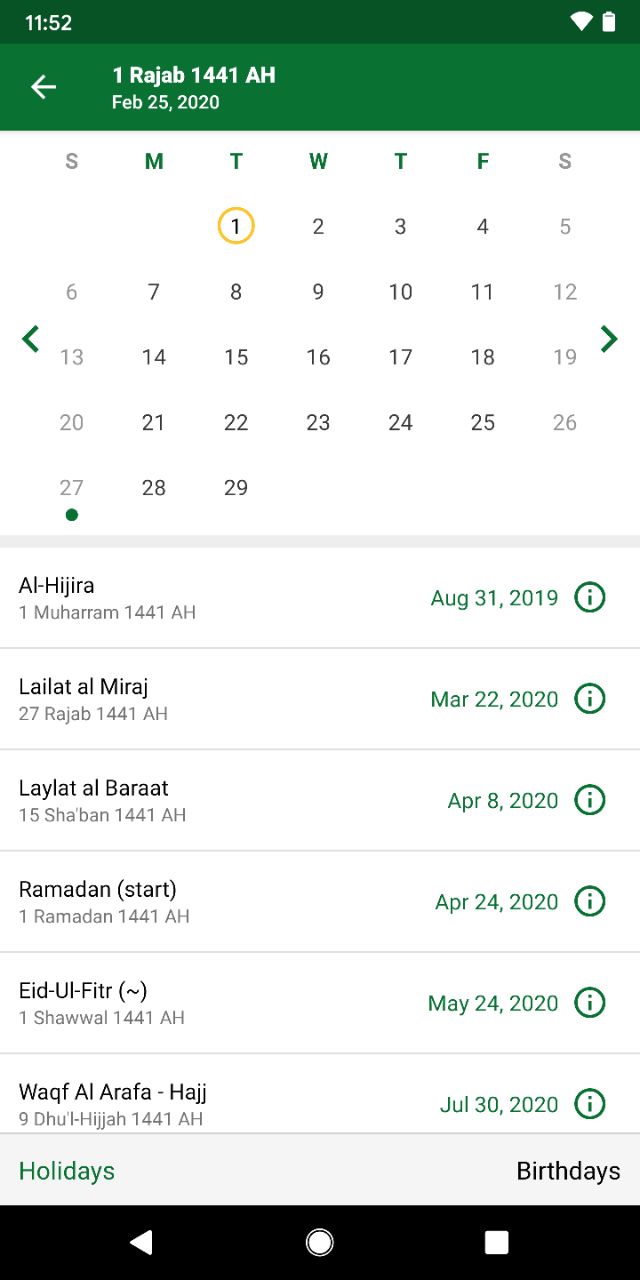

It has a much deeper religious and historical significance. To Muslims, the Hijri calendar is not just a sentimental system of time reckoning and dating important religious events (e.g., Siyaam (fasting) and Hajj (pilgrimage to Makkah)). It led to the foundation of the first Muslim city-state, a turning point in Islamic and world history. The Hijrah, which chronicles the migration of the Prophet Muhammad (PBUH) from Makkah to Madinah in September 622 C.E., is the central historical event of early Islam. in Western languages from the latinized _Anno Hegirae_. The Islamic (Hijri) calendar (with dates that fall within the Muslim Era) is usually abbreviated A.H.

The actual starting date for the Calendar was chosen (on the basis of purely lunar years, counting backwards) to be the first day of the first month (1 MuHarram) of the year of the Hijrah.

It was finally agreed that the most appropriate reference point for the Islamic calendar was the _Hijrah_. `Umar consulted with his advisors on the starting date of the new Muslim chronology. He did it in an attempt to rationalize the various, at times conflicting, dating systems used during his time. by the close companion of the Prophet and the second Caliph, `Umar ibn Al-KHaTTab (592-644 C.E.). The Islamic Calendar, which is based purely on lunar cycles, was first introduced in 638 C.E.


 0 kommentar(er)
0 kommentar(er)
